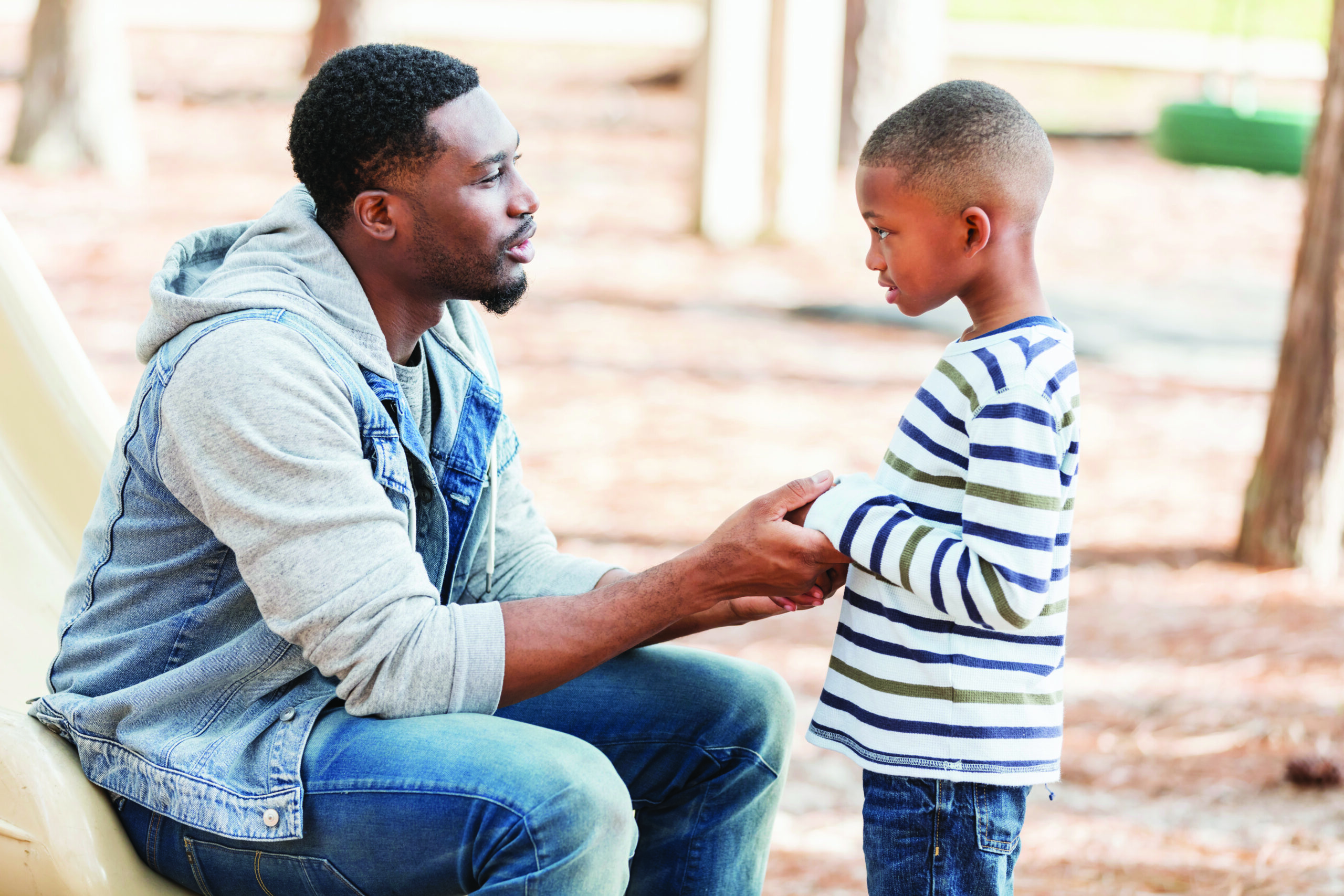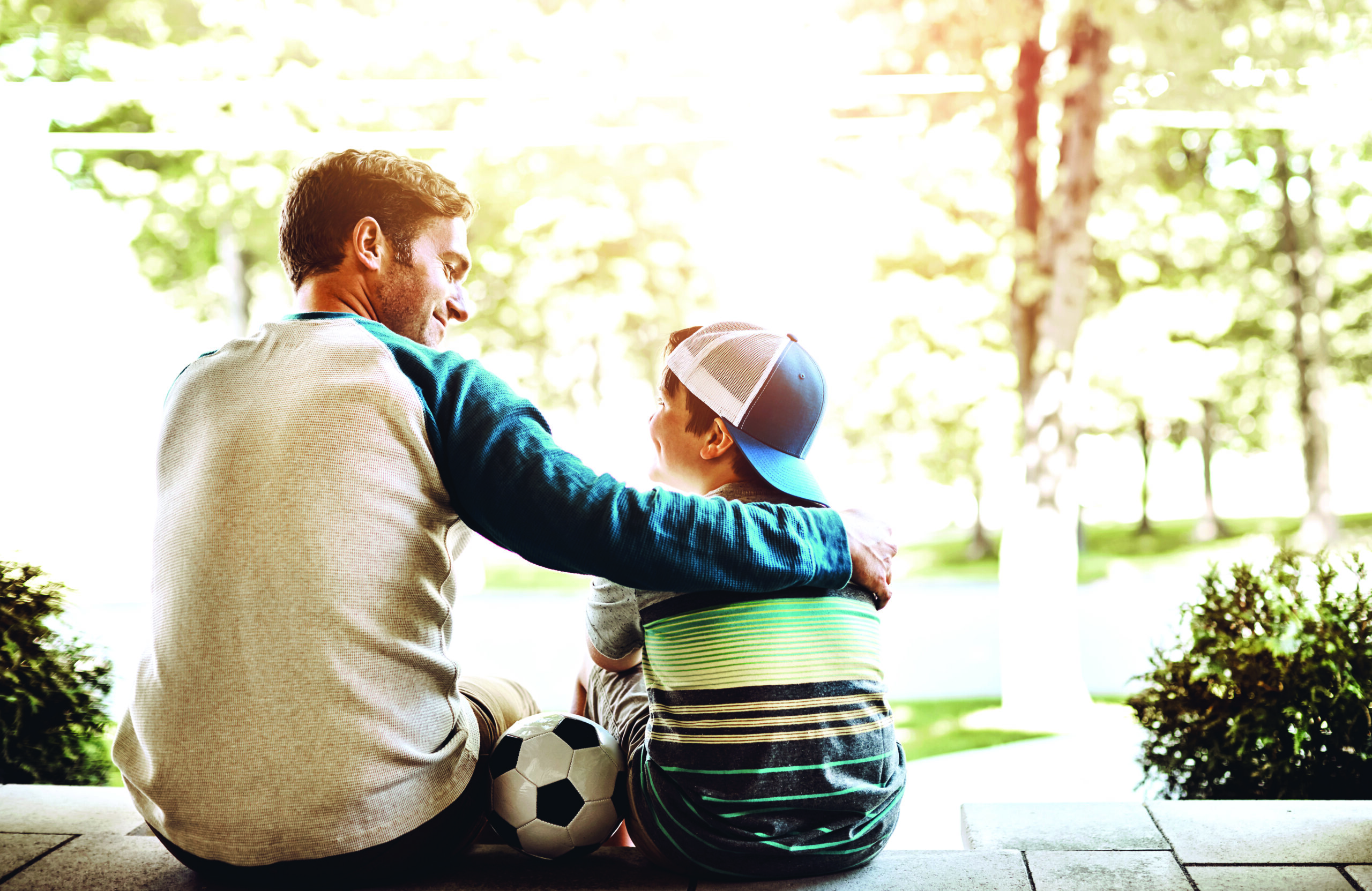By: Lola Aquilar
There are millions of products targeted at children every year. It can be hard for parents to know which products are safe and will meet the needs of their children. While all toys and children’s products made in the United States must meet certain safety standards, the many recalls and warnings that occur annually are proof that people still get hurt. Here are some tips for parents who want to focus on safety when purchasing products for their children.
Read the Box and Labels
Many toys and other children’s products have warning labels that offer important information about how they should be used. They may specify an age range that the product is safe for. Parents should ensure these products are used as the manufacturer intended.
Avoid Small Objects
Children’s products, especially toys, often contain small objects. These can be a serious choking hazard, especially for infants and toddlers. You should make sure all toys and their parts are larger than your child’s mouth. Even essential children’s gear can have loose screws and small parts that can pose a danger to your child.
Ensure Stuffed Toys are Well Made
Stuffed animals and other plush toys are a favorite of all children. However, you should ensure the seams are sewn tightly, and the edges are secure. Loose ribbons and hard plastic parts should be removed. Toys with plastic pellets or small bean-like stuffing should be avoided, as it can be a suffocation hazard if swallowed.
Purchase Items with Machine Washable Fabrics
Whether buying a doll with dresses or a highchair with a padded seat, ensure any fabric parts are machine washable. These items will get dirty quickly and should be regularly washed in hot water with soap. If your child gets sick or is exposed to lice, the fabric items should be sanitized or thrown away.
Ensure Components are Nontoxic
While the United States prohibits making children’s products with toxic materials, many toys and other essentials are purchased overseas through websites like Amazon.com. Those countries may not have the same safety regulations as the United States. When you purchase any children’s product, you should inspect the box and label to ensure all components are nontoxic.
Avoid Electronic Toys for Infants and Toddlers
While flashing lights and loud noises can be attractive, they pose many threats to young children. The batteries can leak or explode. If a child accidentally swallows a battery, it can quickly be life-threatening. Electronic toys with watch-sized batteries should always be avoided. Larger electronics should be used only with adult supervision.
Do Not Make Alterations to Children’s Furniture
Manufacturers of children’s furniture must comply with strict regulations in the United States. For example, the slats on a crib must be a specific width apart to prevent babies from being able to get stuck in them. If you make any alterations to the size, width, height or usage of children’s furniture, you could be putting your child at risk.
Choose the Right Toys for the Age of Your Child
Most toys have an age recommendation to prevent injury to younger children. These recommendations are based on the safety of the toy (i.e., choking hazards), ease of use and developmental appropriateness. While a three-year-old might be fine playing with a toy rated for a six-month-old, the reverse can be dangerous. Do not allow younger children to play with toys that are rated for older children.
Register Products and Stay Up to Date on Safety Recalls
Most children’s products can be registered online with the manufacturer. If there is a recall, you will be notified through the contact information you provide upon registration. You can also check for product recalls on the Consumer Product Safety Commission (CPSC) website. The CPSC will force manufacturers of unsafe toys and products to issue a recall if children are harmed by an object or there is a danger of serious injury.
Understand Your Child’s Developmental Level to Select Appropriate Products
It can be hard to know if a toy or other product is right for your child. You should have a good grasp of your child’s developmental level so that you can select products that are appropriate for them. When in doubt, ask your child’s pediatrician about specific children’s products.








Leave A Comment